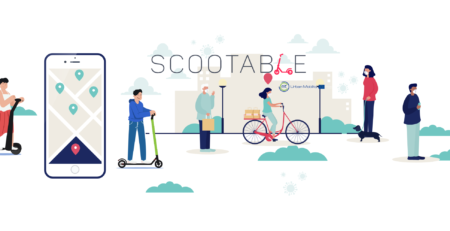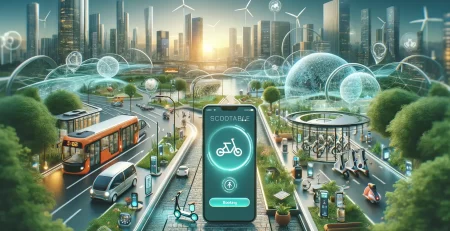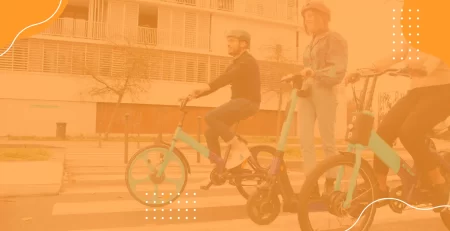Connecting Cities: Scootable’s Integration with Public Transit
Connecting Cities: Scootable’s Integration with Public Transit ===
In today’s fast-paced urban environment, efficient and accessible transportation is vital. As cities continue to grow, the need for seamless integration between different modes of transport becomes increasingly important. Scootable, a revolutionary Mobility-as-a-Service (MaaS) platform, recognizes this need and has developed a comprehensive solution that seamlessly integrates with existing public transit systems. In this article, we will explore how Scootable’s integration with public transit enhances urban mobility, providing a convenient and sustainable transportation option for city dwellers.
Seamless Integration: Scootable and Public Transit
Scootable’s commitment to seamless integration with public transit systems sets it apart from other mobility providers. By connecting with existing infrastructure, Scootable ensures that users can easily transition between different modes of transportation, reducing travel time and enhancing overall efficiency. Whether it’s hopping off a bus or train and immediately accessing a shared scooter or bike, or seamlessly switching from a scooter to a subway, Scootable’s platform simplifies the process and makes urban travel more accessible for everyone.
The integration between Scootable and public transit goes beyond mere convenience. By combining shared mobility options with public transit, Scootable helps to alleviate congestion on the roads. The reduced number of privately owned vehicles on the streets not only improves traffic flow but also reduces the environmental impact of transportation. As more people opt for shared scooters and bikes in conjunction with public transit, the overall carbon footprint of urban transportation decreases, contributing to a greener and more sustainable future.
Enhancing Urban Mobility: Scootable’s Integration with Public Transit
Scootable’s integration with public transit systems enhances urban mobility in several ways. Firstly, the platform provides users with a wide range of transportation options, allowing them to choose the most convenient and efficient mode of travel for their specific needs. Whether it’s a short trip within the city or a longer commute, Scootable offers a flexible solution that adapts to the individual’s preferences.
Additionally, by integrating with public transit, Scootable improves access to transportation for individuals who may not own a private vehicle or have limited mobility options. The platform complements existing public transportation networks, extending their reach and providing a last-mile solution for commuters. This integration helps to bridge the gap between transportation hubs and final destinations, making urban travel more inclusive and accessible for all.
Furthermore, Scootable’s integration with public transit systems benefits the overall urban ecosystem. By reducing the reliance on private vehicles, the platform helps to minimize traffic congestion, resulting in smoother travel experiences for all commuters. The reduced number of cars on the road also contributes to lower levels of air and noise pollution, creating a more pleasant and sustainable urban environment.
Connecting Cities: Scootable’s Integration with Public Transit ===
Scootable’s seamless integration with public transit systems plays a crucial role in enhancing urban mobility. By providing users with a wide range of transportation options and bridging the gap between transportation hubs and final destinations, Scootable offers a convenient and sustainable solution for city dwellers. With the reduction of privately owned vehicles on the road, traffic congestion decreases, and air and noise pollution levels are minimized. As cities continue to evolve, Scootable’s commitment to integrating shared mobility with public transit is paving the way for a more efficient and accessible urban transportation system.










